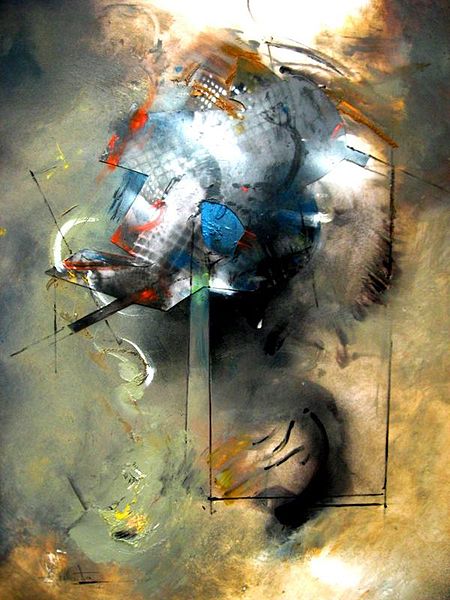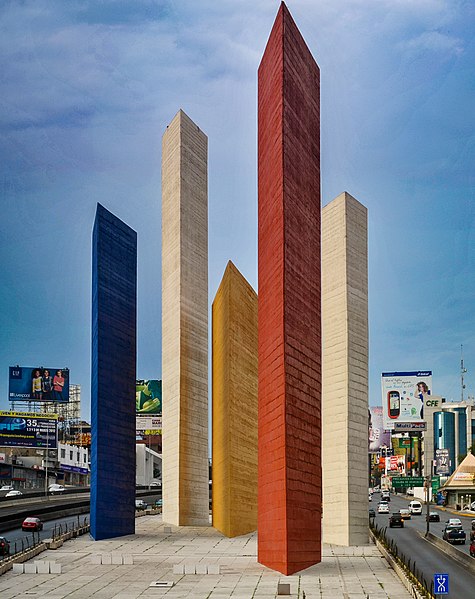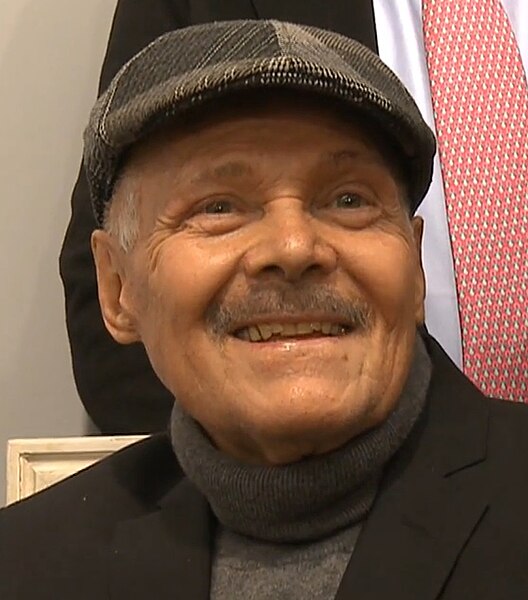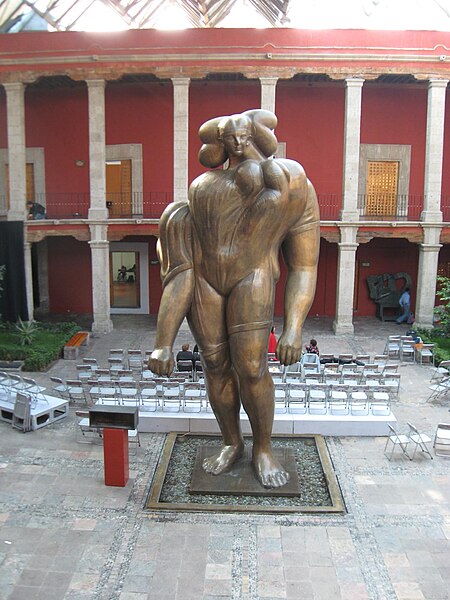Generación de la Ruptura is the name given by art critic Teresa del Conde to the generation of Mexican artists against the established Mexican School of Painting, more commonly called Mexican muralism post World War II. It began with the criticisms of José Luis Cuevas in the early 1950s, followed by others who thought the established art had become dogmatic, formulaic and nationalistic and the artists too deferential to the government. This new generation of artists was not bound by a particular artistic style but was more interested in personal rather than social issues and influenced by a number of international trends in art such as Abstract expressionism. Early reaction to them was strong and negative but by the end of the 1950s, they had succeeded in having their art shown in the major venues of Mexico. The Generación de la Ruptura had influence on other arts in Mexico, such as literature but it did not end the production of murals in Mexico with social and nationalist purposes.

Renacimiento by Gustavo Arias Murueta.
Chivo (Goat) by Francisco Toledo
Sculpture "Puerta del tiempo" at the Universidad Autónoma Metropolitana
Torres de Satélite seen from the Anillo Periférico by Mathias Goeritz
José Luis Cuevas was a Mexican artist, he often worked as a painter, writer, draftsman, engraver, illustrator, and printmaker. Cuevas was one of the first to challenge the then dominant Mexican muralism movement as a prominent member of the Generación de la Ruptura. He was a mostly self-taught artist, whose styles and influences are moored to the darker side of life, often depicting distorted figures and the debasement of humanity. He had remained a controversial figure throughout his career, not only for his often shocking images, but also for his opposition to writers and artists who he feels participate in corruption or create only for money. In 1992, the José Luis Cuevas Museum was opened in the historic center of Mexico City holding most of his work and his personal art collection. His grandson Alexis de Chaunac is a contemporary artist.
Luis Cuevas in 2011
Bertha Riestra de Cuevas
Courtyard of the José Luis Cuevas Museum with "La Giganta"
José Luis Cuevas








